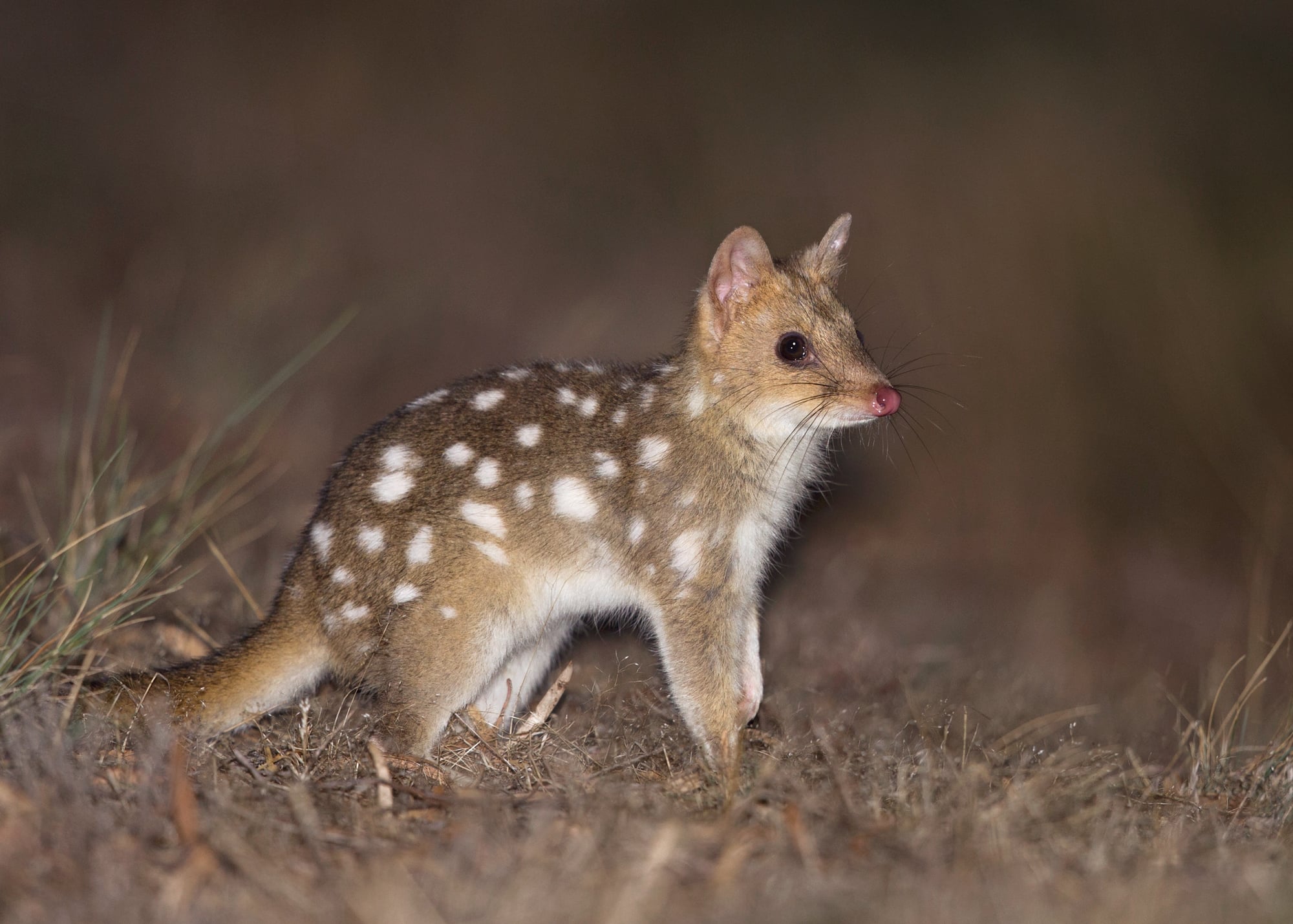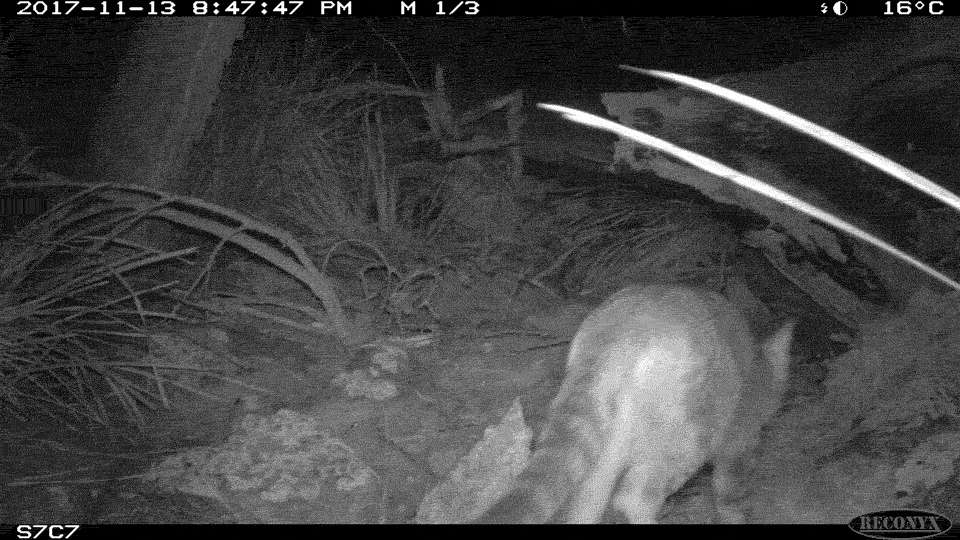
If you live on an island you may as well enjoy the journey, because getting here is just a fact of life, as it has been for generations of people who have called Bruny Island home. Today we have a regular ferry service, but for the original inhabitants the Nuenonne people, it was bark canoes that brought them across from the Tasmanian mainland to the shores of Bruny Island.
Initially sailing ships and dinghies were the only means of transport between the mainland and the island. Later after the timber getters arrived it was barges, ships and boats. With timber contracts to fill, exporting the milled timber necessitated the building of jetties for the trading ketches. Now with structures in place, river steamers began to frequent the island, carting of livestock, produce and supplies became easier and day trippers and holiday makers more common.
By 1901 the steamer S.S. Lottah was making regular visits to the Island, calling at all ports, including the jetties at Mills Reef (Alonnah) and Daniels Bay (Lunawanna) it could sometimes include a long wait if the steamer became stuck on the Southport Bar. The S.S. Ronnie started a weekly service to Hobart in 1903, followed in 1905 by the S.S. Dover with a daily service – leaving at 7am and returning at 8.30pm.
“Steamers call from Hobart and Huon, and Channel ports daily during the greater part of the year, so that the resident on Bruny is by no means isolated from the outside world.”
The people of South Bruny now had a regular and convenient service, enabling a return trip within the same day. The Steam ship service would continue to provide a regular though reduced service during 1930’s and up until the arrival of a regular vehicular ferry service.
Interestingly the first car on Bruny arrived by steamer on 28 July 1913. Mr. Rowe of AG Webster’s drove his Hupp-Major from Dennes Point to Lunawanna returning the next day to Hobart.
“He had also a little trouble along the neck, where, owing to the high tide, he had to make the motor climb or jump over some spars Iaying on the beach. Generally speaking however, Mr. Rowe found the roads very good, better than in some places on the Mainland.”
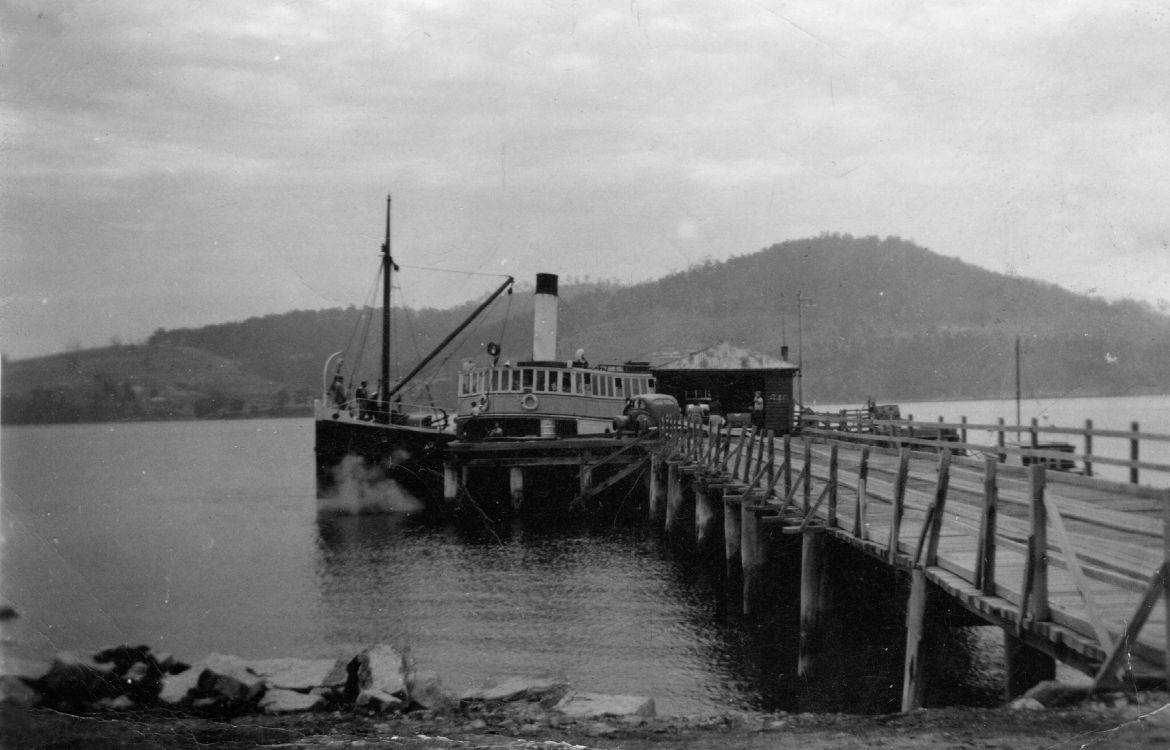
I crossed to Mills’ Reef, Bruny Island, from Port Esperance, in the staunch little steamer Dover. Mills’ Reef, one of the ports of South Bruny, is otherwise known as Alonnah
Grants Bruny Island Ferry Service began in 1938 with MV Taruna. Initially running from Middleton to Simpsons Bay, by 1943 the Gayclitte captained by J. F. Miley was operating from the Snug Jetty to Dennes Point. Soon after, the jetty had deteriorated into such a state of disrepair that Grant moved his terminal to Tinderbox, from here he ran to Dennes Point.
Geoff and Ken Woolley took over the service in 1947. They provided a 24 hours service across the one and a half miles of water and on Thursdays a Killora run. Peak periods resulted in extra crossings and they recalled taking up to 90 passengers as well as the mail and general cargo.
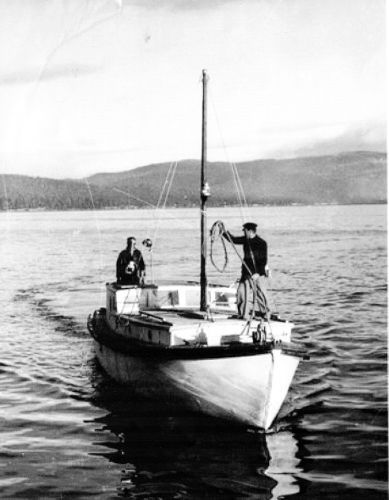
Getting a car to Bruny island was not just expensive but difficult, a car had to be netted and hoisted on board the vessel by a crane, in 1950 this cost £12. But the call was out, and the SS Beagle an ex-army landing barge arrived on the scene, she could carry 6 vehicles. The first vehicle to be transported was Ray Hansson’s school bus. The Tinderbox to Dennes Pt. route proved unsuitable and the breakwaters were washed away in the first south easterly, this was ultimately deemed an unsuccessful enterprise.
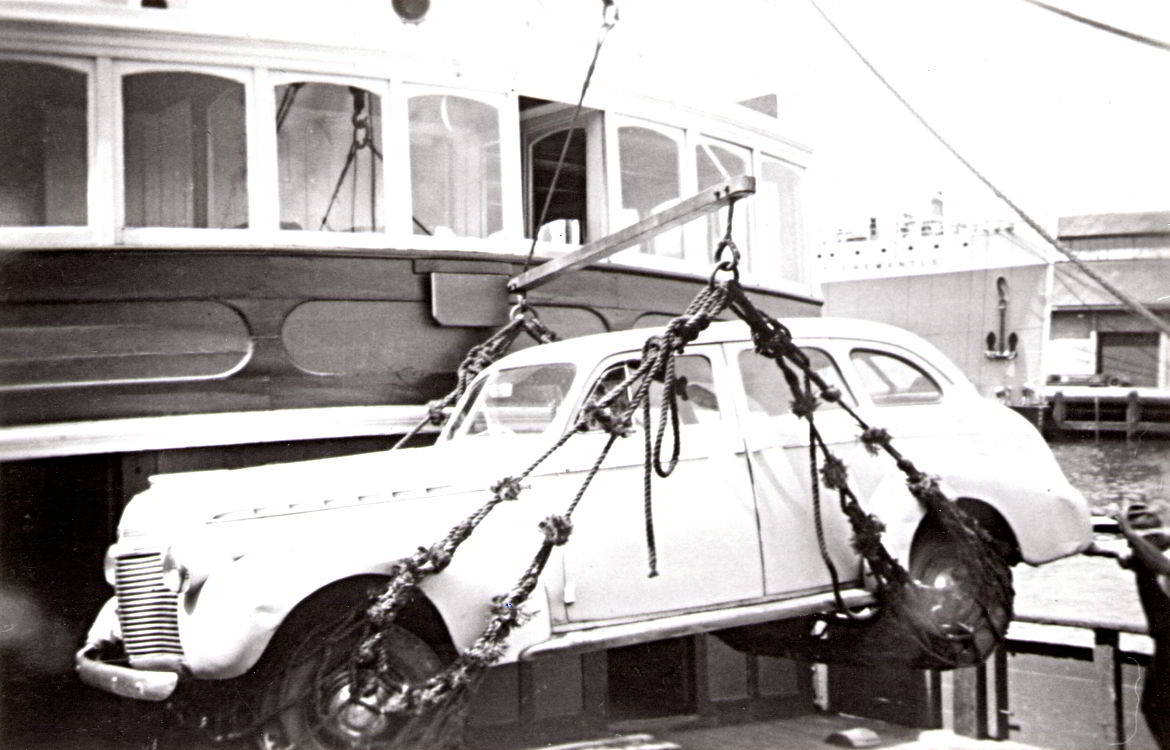
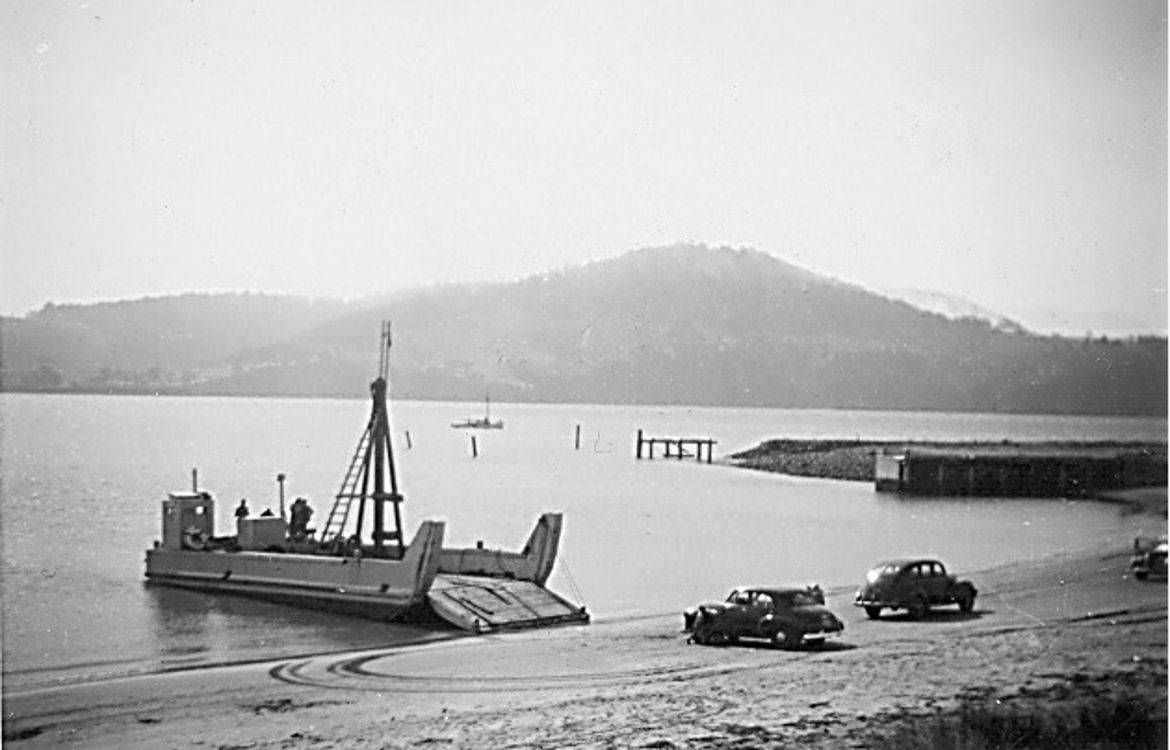
1954 saw big changes with the introduction of the first vehicular ferry. The Melba was designed to carry 20 vehicles between Kettering and Barnes Bay, it was followed by the Mangana (1961) and the Harry O’May (1978).
In 1983 the current terminals were constructed at Robert’s Point and Kettering and in 1991 the Mirambeena (aboriginal word for “welcome”) took over the run, and continues today.
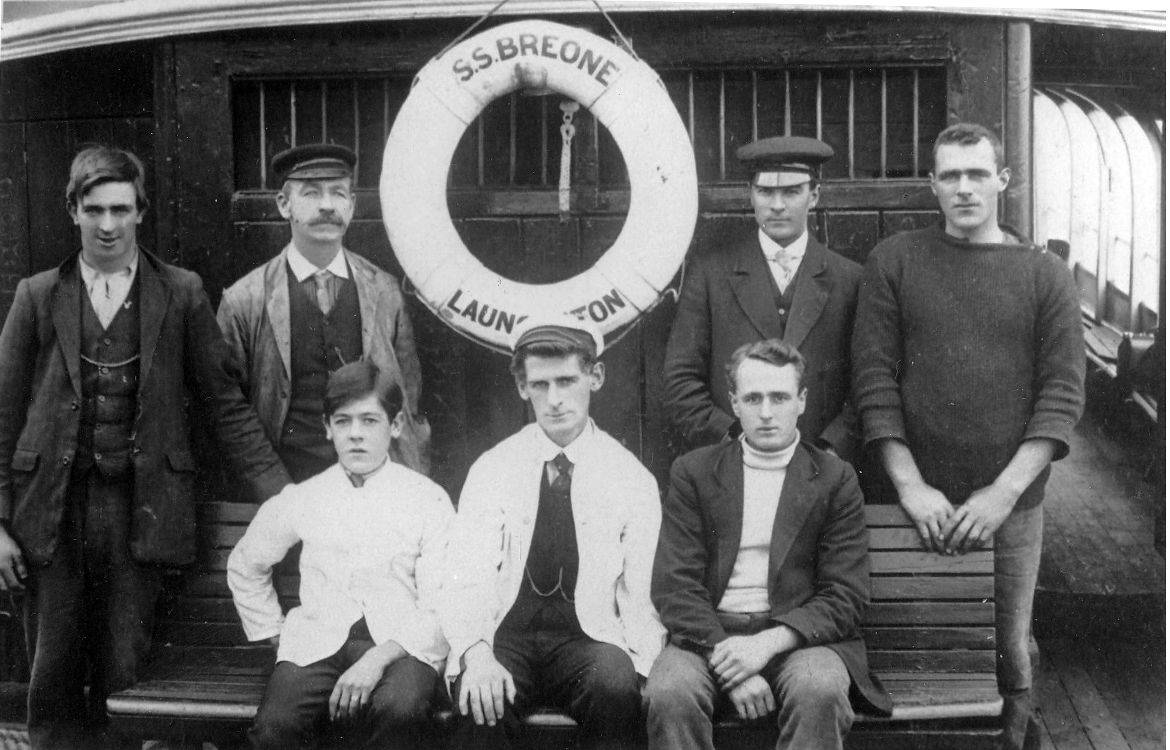
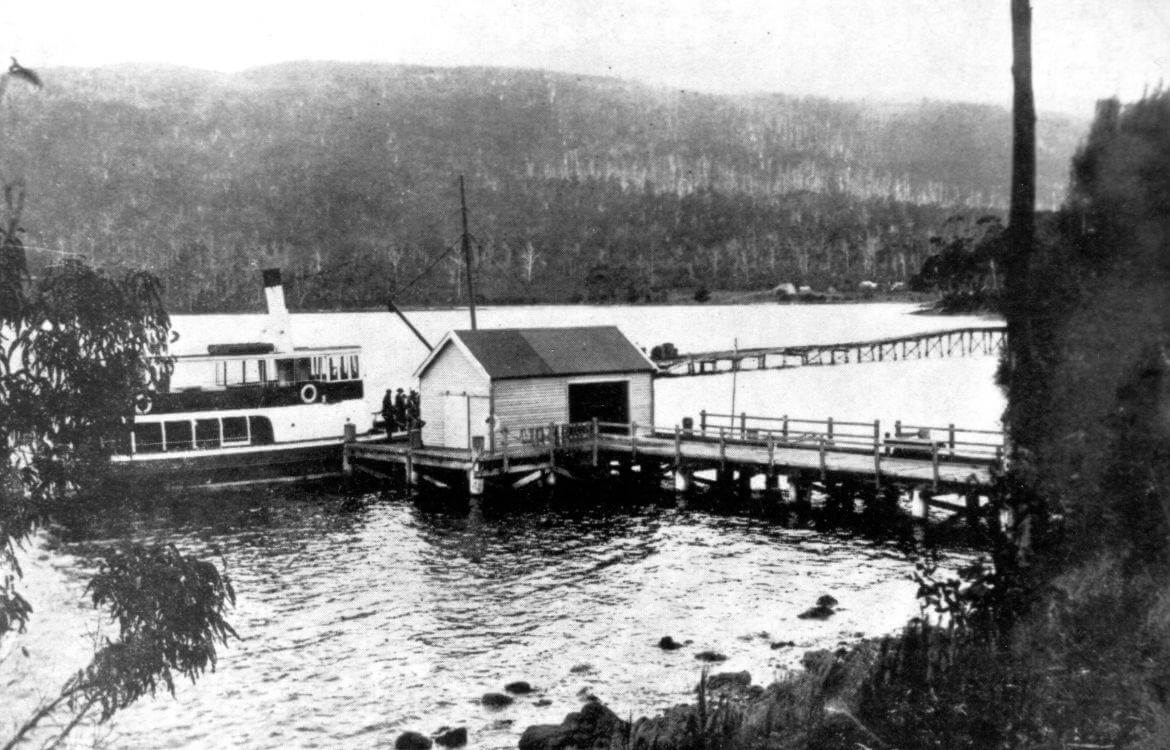
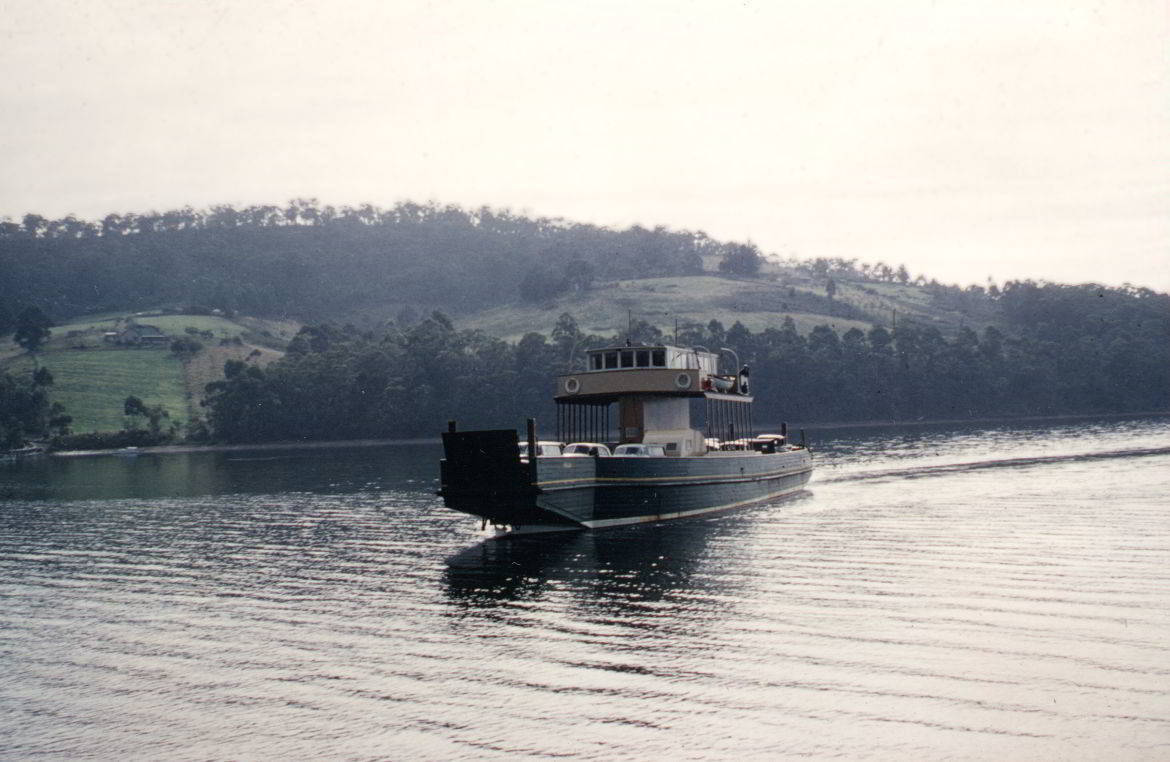
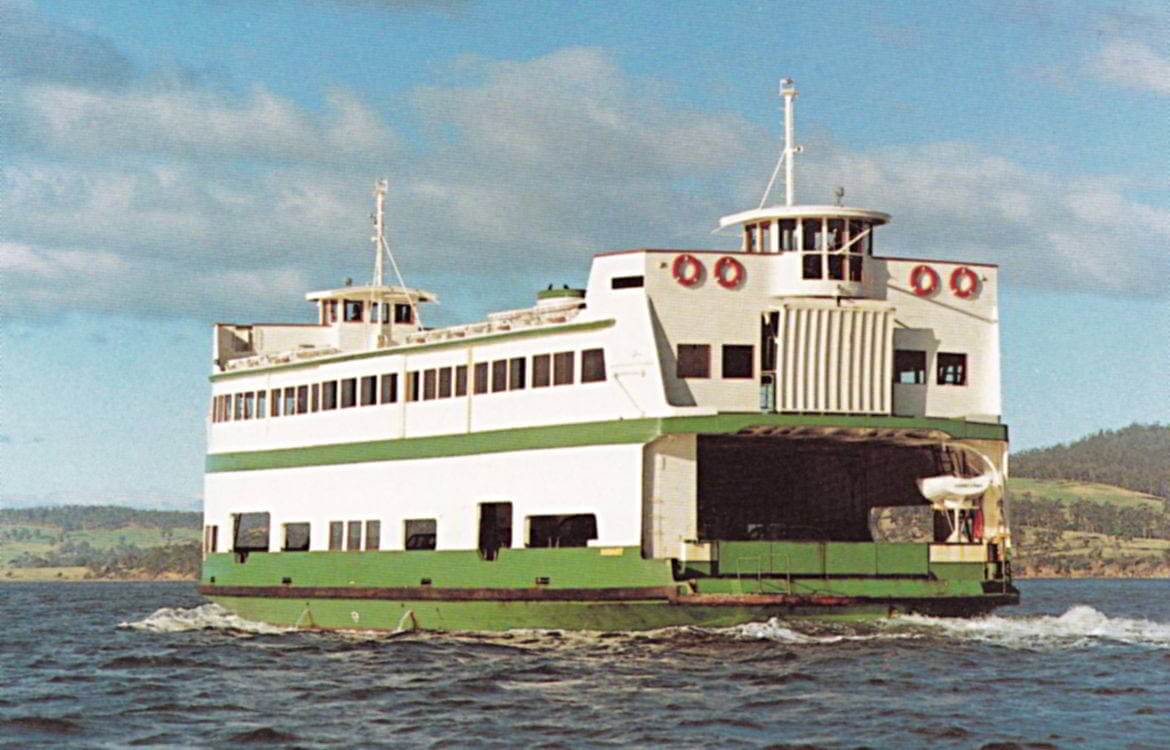
More Bruny Island Journal
Cat-astrophic: A Cute Predator's Hidden Toll
UPDATE: Bruny Island Cat Management Project
Fixing the Cat-astrophe!
It’s a well-known fact that feral cats have contributed to the extinction of several Australian bird and mammal species, whilst threatening the existence of many more.
Cloudy Bay, South Bruny: where Nature's heart beats strong amid the hills
Cloudy Bay was initially named l’baie Mauvaise by French explorer Bruni D'Entrecasteaux in 1792, after 1822 it was marked on the maps of the time as Bad Bay, and after 1859 became known as Bad or Cloudy Bay.
Pine Control Project
In late 2013, BrunyIsland.au undertook a massive and rather unique weed eradication project. Our aim was to control the radiata pine infestation which was threatening to overrun the native bushland at our 900 acre 'Bruny Island Lodge' property on South Bruny.
